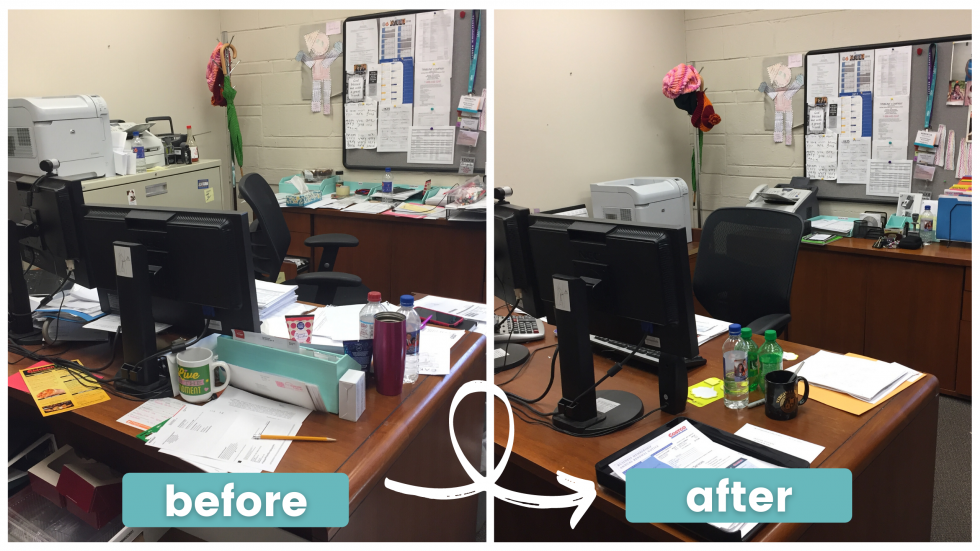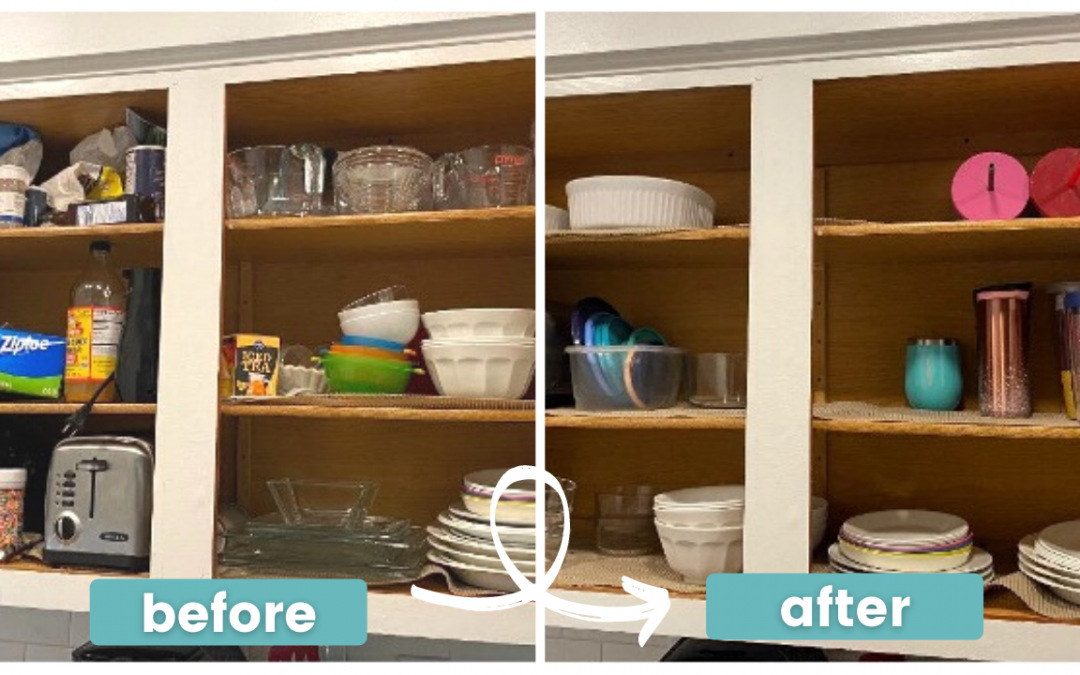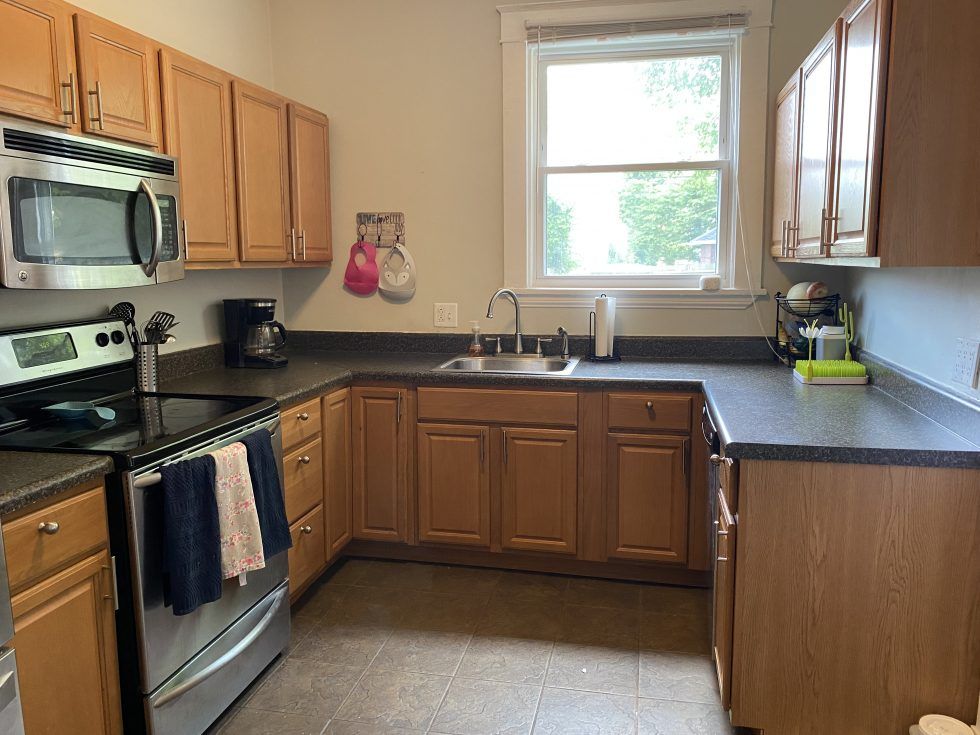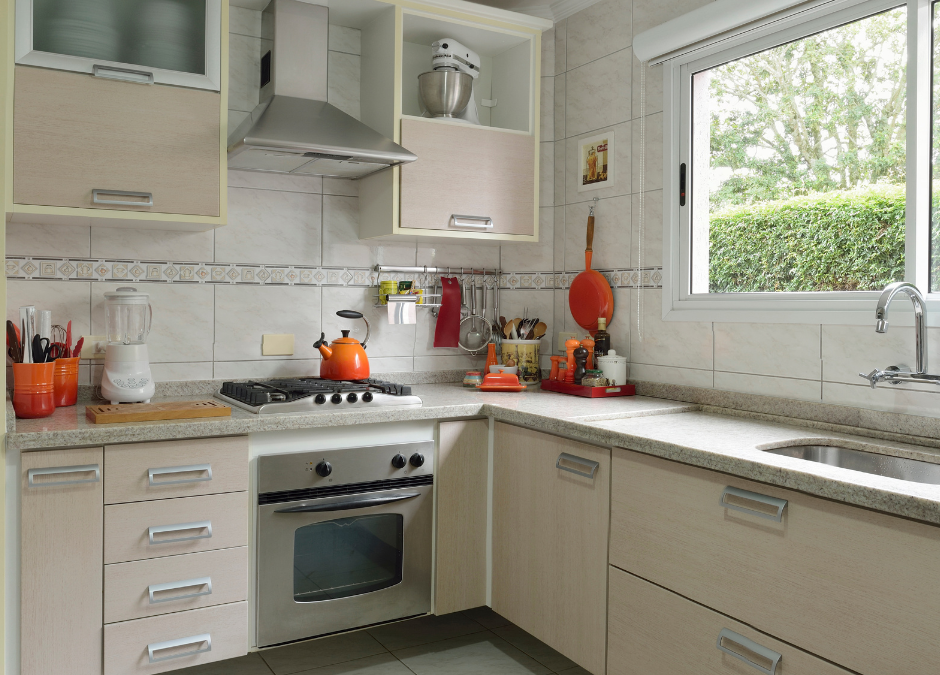How Can You Maintain Office Organization Systems for Long-Term Success?

Imagine your office space as a serene lake, where each item is a ripple disrupting the calm surface. To ensure sustained organization success, you must cultivate habits that nurture this tranquility.
From setting clear goals to fostering collaboration, each step plays a crucial role. But what happens when the winds of change start to blow, challenging your meticulously arranged system?
Find out how to fortify your office organization strategies to weather any storm and emerge stronger on the other side.
Setting Clear Organization Goals
To effectively maintain office organization systems, start by clearly outlining your organization goals. Setting clear organization goals is crucial for the success of any office organization endeavor. Whether you’re an organizer yourself or working with a professional organizer, having a well-defined set of goals provides a roadmap for how you want your office space to function.
Begin by assessing the current state of your office organization and identifying areas that need improvement. Consider factors such as workflow efficiency, storage solutions, and overall productivity. Define specific objectives such as decluttering desk drawers, creating designated work zones, or implementing a digital filing system.
Establishing Daily Decluttering Routines
When it comes to maintaining office organization systems, one effective way to stay on top of clutter is by establishing daily decluttering routines. Start your day by tidying up your workspace before diving into tasks. Quickly sort through papers, file away what you need, and recycle or shred what you don’t.
Utilize kitchen organization principles by keeping your office kitchen area clean and organized, ensuring dishes are washed and countertops are clear. Unpacking services can be helpful in managing incoming packages efficiently. Consider applying closet organizing techniques to keep your office supplies and files in order.
Extend this approach to bedroom organizing by making your workspace a clutter-free zone conducive to productivity. Don’t forget the garage organizing – keeping this area neat can also contribute to your overall office organization. By integrating these daily decluttering routines into your workday, you’ll maintain a tidy and efficient office space.
Implementing Digital Filing Systems
Consider implementing digital filing systems to streamline your office organization and enhance accessibility to important documents. By transitioning from traditional paper filing to digital formats, you can significantly reduce clutter and make information retrieval more efficient.
Start by digitizing existing paper documents using scanners or document management software. Categorize files into clearly labeled folders on your computer or cloud storage for easy navigation. Utilize naming conventions that are logical and consistent to facilitate quick searches.
Implement access controls to ensure sensitive information remains secure while still being readily available to authorized personnel. Regularly backup your digital files to prevent data loss and maintain system reliability.
Take advantage of software tools that offer advanced search capabilities and indexing features to further optimize your digital filing system. By embracing digital filing systems, you can boost productivity, save time, and create a more organized work environment.
Maximizing Storage Solutions
Explore innovative ways to optimize your office space by maximizing storage solutions for improved efficiency and organization. Utilize vertical space by installing shelving units or cabinets to store items off the floor and free up valuable desk space. Consider investing in multifunctional furniture pieces like desks with built-in drawers or filing cabinets to maximize storage potential in a compact area.
Make use of storage containers, bins, or organizers to keep smaller items like stationery, cables, or office supplies neatly arranged and easily accessible. Labeling these containers can further enhance organization and save time when searching for specific items. Additionally, implementing a clear desk policy can help reduce clutter and ensure that only essential items are kept within reach.
Evaluate your current storage solutions regularly to declutter and remove any unnecessary items. By periodically reassessing your storage needs and making adjustments as required, you can maintain an organized workspace that promotes productivity and efficiency. Remember, efficient storage solutions are key to creating a functional and well-organized office environment.
Streamlining Workspace Layout
Looking to optimize your office space for better efficiency and productivity? Streamlining your workspace layout is key. Start by assessing your current setup. Consider the flow of work and how different departments or functions interact. Are there bottlenecks or wasted spaces that could be reconfigured? Keep frequently used items within arm’s reach to reduce time wasted searching for them. Group related items together to create designated work zones. This can help employees stay focused and minimize distractions.
Consider implementing flexible workstations that can adapt to different tasks. This allows for versatility and can accommodate various work styles. Keep walkways clear and ensure that equipment is positioned ergonomically to prevent strain or injury. Utilize vertical space with shelves or storage units to free up floor space. Encourage employees to keep their individual work areas tidy and organized. A clutter-free workspace can lead to a clearer mind and increased productivity. By streamlining your workspace layout, you can create a more efficient and harmonious work environment.
Consistent Labeling Practices
Implementing consistent labeling practices in your office can significantly improve organization and efficiency in daily tasks. By clearly labeling shelves, folders, boxes, and other storage areas, you create a system where items can be easily located by anyone in the office. When everything has a designated place and is labeled accordingly, it reduces the time spent searching for things, ultimately boosting productivity.
To maintain consistency, establish a standardized labeling system that everyone follows. Use clear and concise labels that are easy to read, and ensure that they’re placed prominently on the items or storage spaces. Consider using color coding for different categories to further enhance organization. Regularly remind and encourage all team members to adhere to the labeling system to ensure its effectiveness over time.
Consistent labeling practices not only help in day-to-day tasks but also contribute to a more organized and professional work environment. When everything is labeled correctly, it minimizes confusion, reduces errors, and fosters a sense of orderliness in the office.
Regular Maintenance Checks
To ensure the effectiveness of your office organization systems, regularly conduct maintenance checks to uphold the integrity of your labeling practices and storage arrangements. Set aside dedicated time each week to review the labels on your files, folders, and storage bins. Verify that the labeling is consistent and accurate, making adjustments as needed. Check for any misplaced items and ensure everything is in its designated place to maintain an organized workspace.
During your maintenance checks, assess the condition of your storage containers and shelves. Look for signs of wear and tear, such as cracks or instability, and address these issues promptly to prevent accidents or disorganization. Consider rearranging your storage layout if certain areas are becoming overcrowded or inefficient.
Additionally, use this time to declutter your workspace by removing any unnecessary items that may have accumulated. Regular maintenance checks not only help sustain your current organization systems but also allow you to identify areas for improvement and optimization. By staying proactive in your upkeep efforts, you can ensure long-term success in maintaining an organized office environment.
Prioritizing Time Management
Prioritize effective time management to optimize productivity and maintain a smoothly running office environment. Start by setting clear goals for each day and creating a prioritized to-do list. Identify tasks that are most urgent or important, and tackle those first. Use tools like calendars, task management apps, or project management software to schedule your day effectively. Avoid multitasking, as it can decrease efficiency and increase the likelihood of errors. Instead, focus on one task at a time to ensure quality work.
Additionally, allocate specific time blocks for different types of work, such as checking emails, attending meetings, and completing projects. This helps create a structured routine and prevents tasks from overlapping or taking longer than necessary. Learn to delegate tasks when possible to lighten your workload and free up time for more critical responsibilities. Remember to take short breaks to recharge your energy and maintain focus throughout the day. By managing your time effectively, you can increase productivity, reduce stress, and contribute to the overall success of your office environment.
Encouraging Team Collaboration
Encourage collaboration among your team members to foster synergy and enhance productivity in the office environment. Team collaboration is essential for achieving common goals efficiently. Encouraging open communication channels, such as regular team meetings or utilizing collaboration tools, can help team members share ideas, provide feedback, and work together seamlessly. By promoting a collaborative environment, you can harness the diverse skills and perspectives of your team, leading to innovative solutions and improved decision-making processes.
Fostering teamwork also boosts employee morale and job satisfaction. When team members feel valued and included in decision-making processes, they’re more likely to be motivated and engaged in their work. Encouraging collaboration can create a sense of camaraderie among team members, leading to a positive work culture where individuals support each other towards achieving collective success.
Evaluating System Effectiveness
Assess the functionality of your office organization systems regularly to ensure they’re effectively meeting the needs of your team and contributing to overall productivity. Start by gathering feedback from team members on what’s working well and what could be improved. Look at how efficiently tasks are being completed, whether deadlines are being met, and if there are any bottlenecks in the current system. Analyze if the systems in place align with the goals and objectives of your team and organization.
Use metrics to measure the effectiveness of your office organization systems. Track key performance indicators such as project completion rates, time spent searching for information, and overall team satisfaction levels. Compare these metrics over time to identify trends and areas for improvement. Consider conducting regular reviews with team members to discuss the effectiveness of current systems and gather suggestions for enhancements.
Conclusion
By setting clear goals, establishing daily routines, implementing digital systems, and maximizing storage solutions, you can create a solid foundation for office organization.
Streamlining layout, conducting regular checks, and prioritizing time management will help maintain the efficiency of your system.
Encouraging collaboration and evaluating effectiveness are key components in keeping your office organized for long-term success.
Stay proactive, stay organized, and watch your productivity soar. Keep up the good work!
Home Reimagined
Richmond, Virginia



















